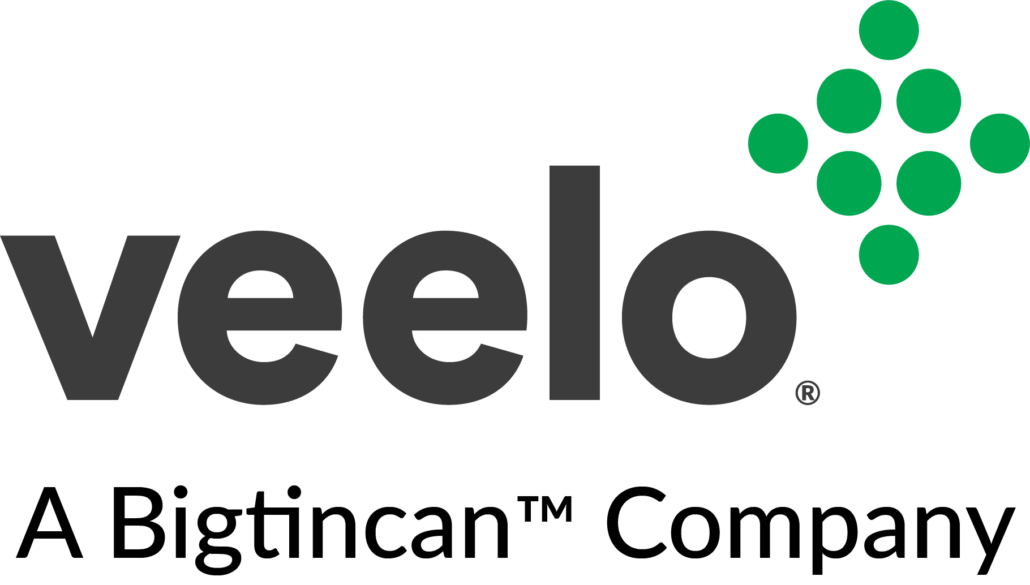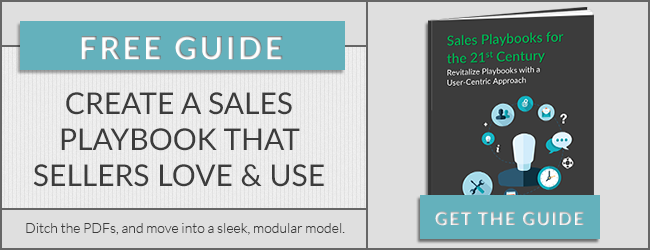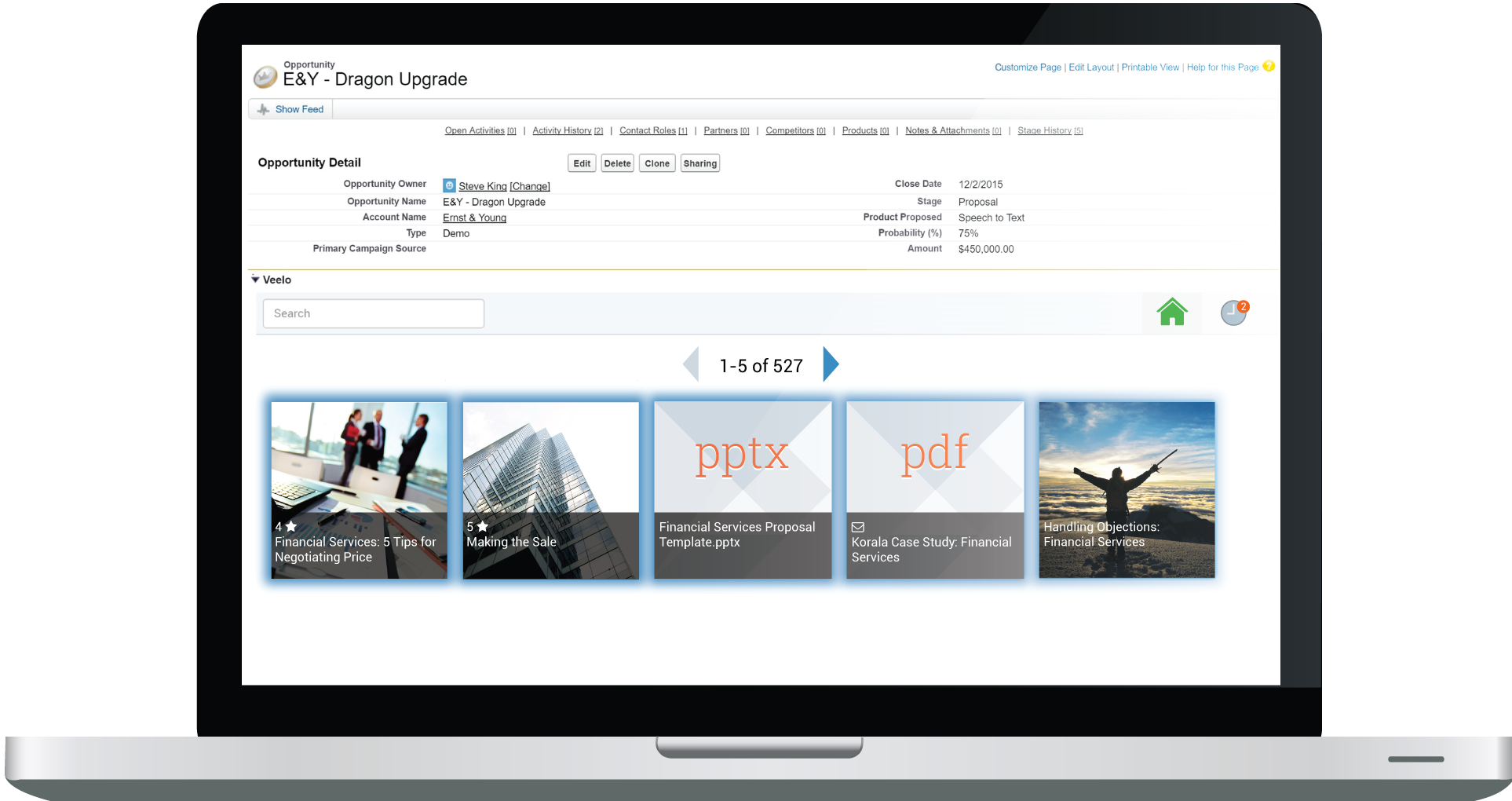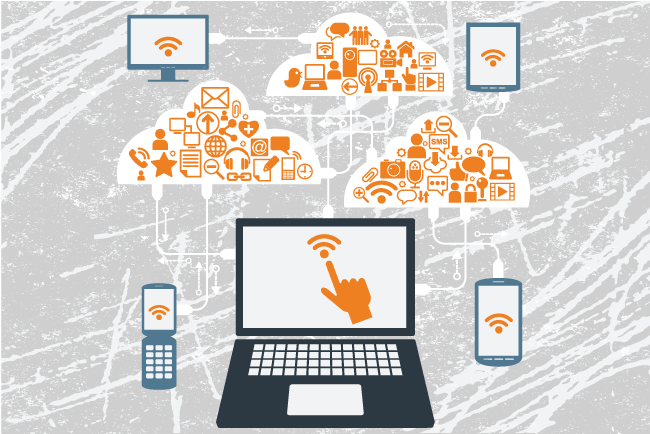The Science of Sales Playbooks

In our last blog post, we argued that we are long overdue for a sales playbook revolution. This time, we want to talk about why Sales Playbook 2.0 works.
To paraphrase a certain hit song from the 90s: it’s all about the learning science.
Learning, contrary to 18th century conceptions, isn’t just a matter of will. You can make it easier for your sellers to learn, remember and use the information in your playbooks—and you can definitely make it harder. The trick is knowing some basic learning processes.
Learning 1,2,3
There are four basic steps in learning information:
- Attention
- Encoding
- Storage
- Retrieval
Attention
Not only does the playbook need to successfully grab attention, it needs to keep that attention long enough for the sales rep to begin learning the information. A couple of quick tips:
- Keep each piece of content short—under 150 words is idea, as is keeping the entire module to about 2 or 3 minutes’ worth of content.
- Add points of interaction every 45 seconds, and weave in videos, audio, knowledge checks and interactive exercises, which not only help hold attention, but help write the information into memory. Speaking of which, the next step is:
Encoding
Gaining attention isn’t enough. It’s certainly easy to hear or read something, think, “OK, got it,” and then have the knowledge slip away it thirty minutes later. (Teachers and parents, in particular, know this problem all too well). The brain can only hold so much in the working memory, and it’s necessary for the playbook make it easier for sellers to encode information into long-term memory.
Delivering the module in the sales context, when the sellers actually need it most, also helps with encoding. It can take a few tries before information becomes properly written into longer-term memory, and making it easy for sellers to get the information they need, just when they need it, makes the process quicker and less frustrating. Using Guided Selling as a tool would be idea, since it can provide dynamic content recommendations based on prospect and transaction data.
Storage and Retrieval
We’re treating storage and retrieval in the same point because they go hand-in-hand. Once knowledge is encoded in long-term memory, it pretty much stays there. The real trick? Retrieving it when we need it, not just when it’s convenient to. It’s not just a question of memory storage, which is vast; it’s a question of quick and ready access.
We’ve all been there: we can reel off at the drop of a hat reams of stats for, say, baseball players who died before we were born, or all the different types of starfighters in Star Wars (Rebel, Imperial, Republic and Confederacy), but this prospect just asked a pointed question about a particular feature set and product marketing had run that training just last week and why can’t we remember something useful for once, dangit?
The good news is that you can improve memory retrieval with practice, and playbooks integrated with the CRM are perfect for exactly this use. Sellers have the opportunity to glance through refreshers right before calls, but the true meat and potatoes are the retrieval exercises that you can include: light games, interval knowledge checks, flashcards and quizzes.
We’ve also written, in some detail, on how to practice more effectively, and much of that advice also applies to memory retrieval, so check out the post to find out why interleaving and spacing matter.

Conclusion
We’re not rebels without a cause here at MobilePaks. We’re calling for a radical revision of playbooks because the old ways aren’t just sub-optimal, they actually work against the way people process information, especially in a hectic work environment. Long, flat stretches of text broken up by a complicated chart or illustration. Big, bulky chapters that are difficult to search. These old playbooks may even lead to sales reps believing they think they know it all already, only to freeze during clutch time.
We’re pushing for this structure for this new style of playbook not only because we make the software that makes this possible, but because we’re a bunch of learning science nerds and we know it’s going to be a far better tool for improving sales productivity and effectiveness. We have a treasure trove of learning science, some of it going back well over a hundred years, that shows us what helps people learn, remember and use information more effectively. It’s time we used that wealth of information.




 The July issue of Top Sales Magazine features “What Happens When a Brain Scientist is in Charge of Sales,” an article about the science of sales learning by MobilePaks CEO Chanin Ballance.
The July issue of Top Sales Magazine features “What Happens When a Brain Scientist is in Charge of Sales,” an article about the science of sales learning by MobilePaks CEO Chanin Ballance.
